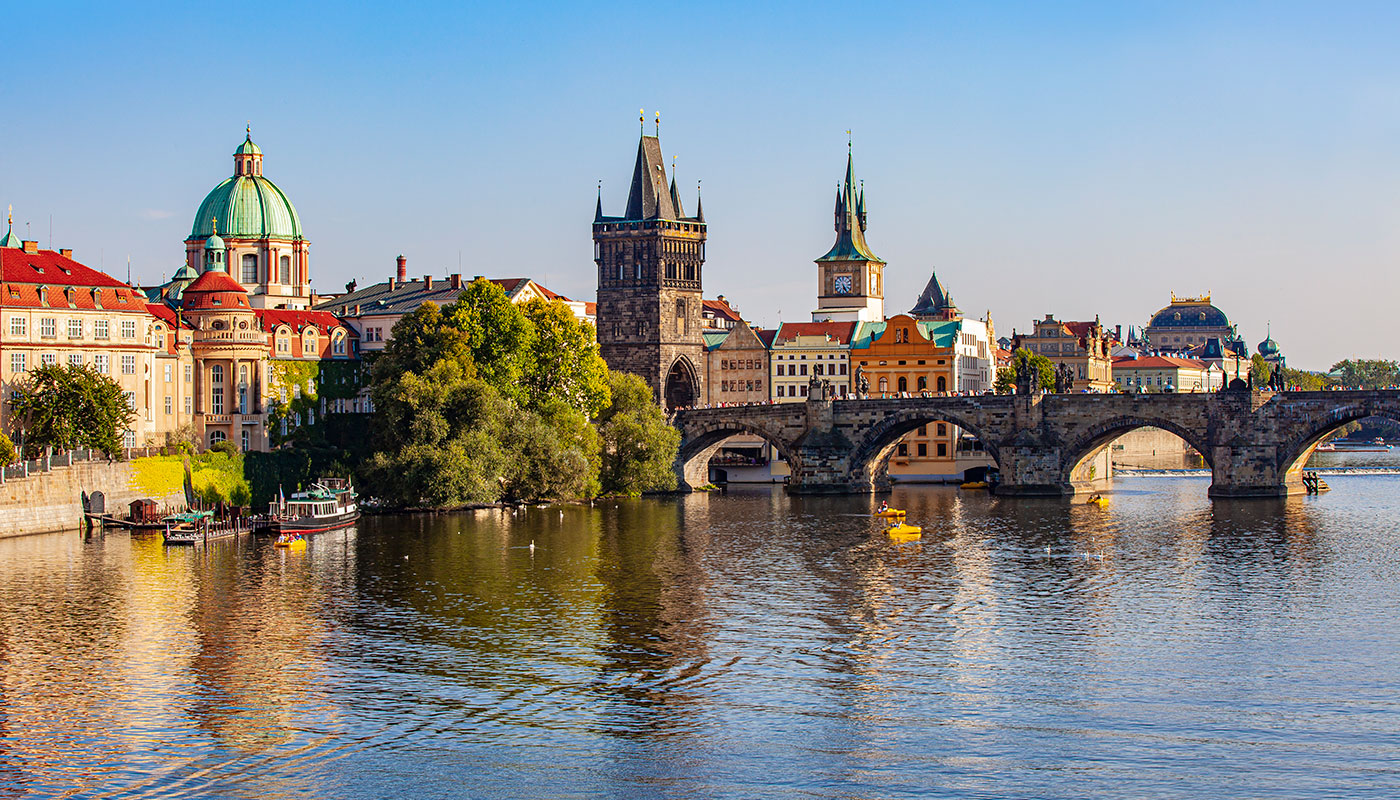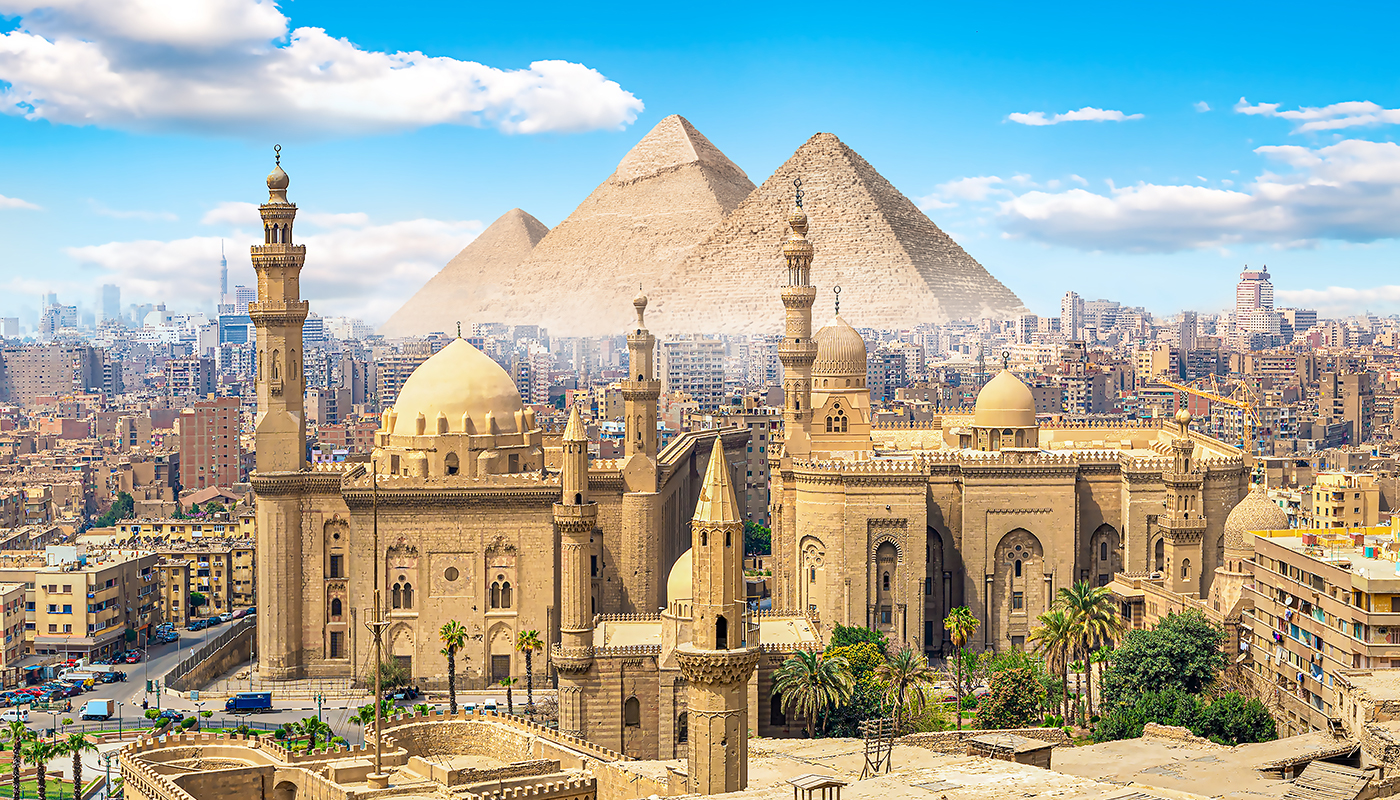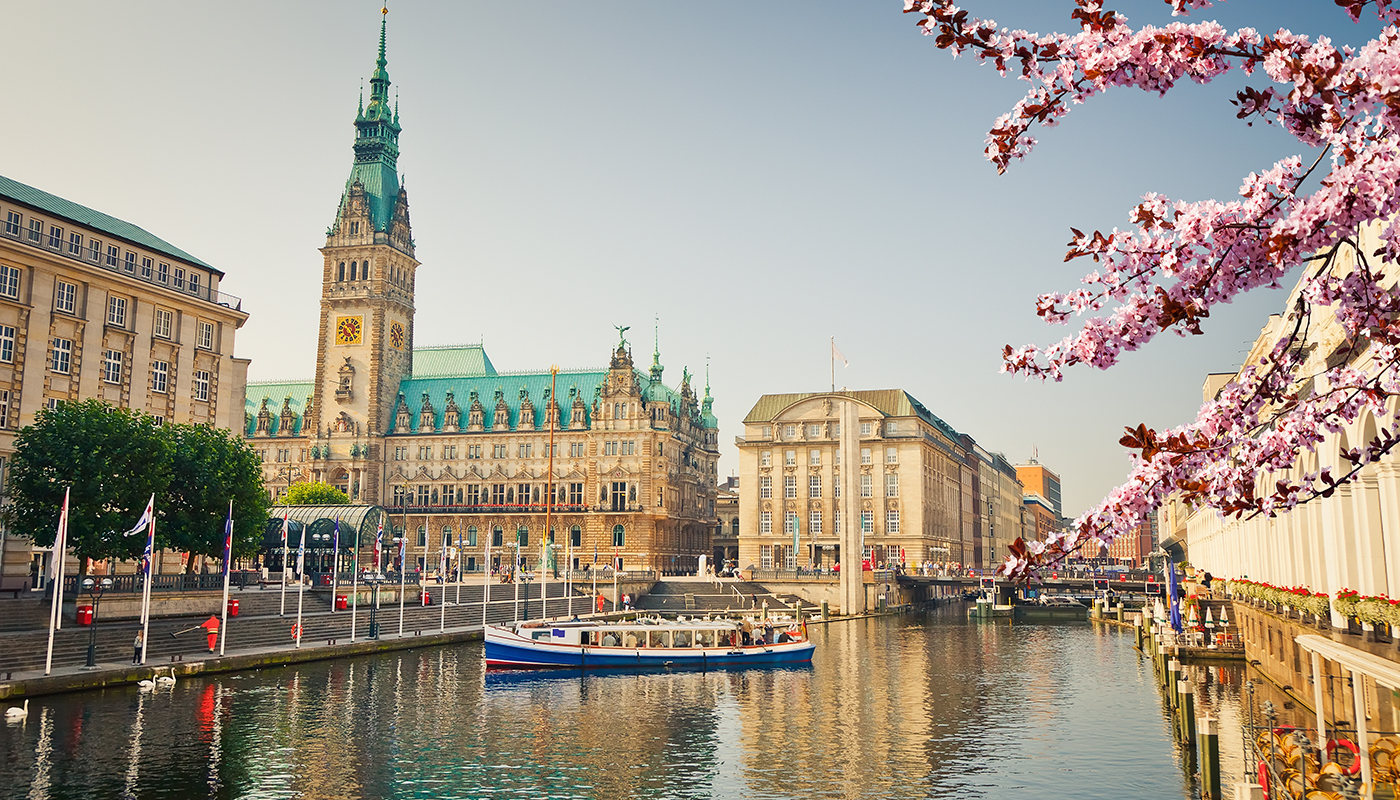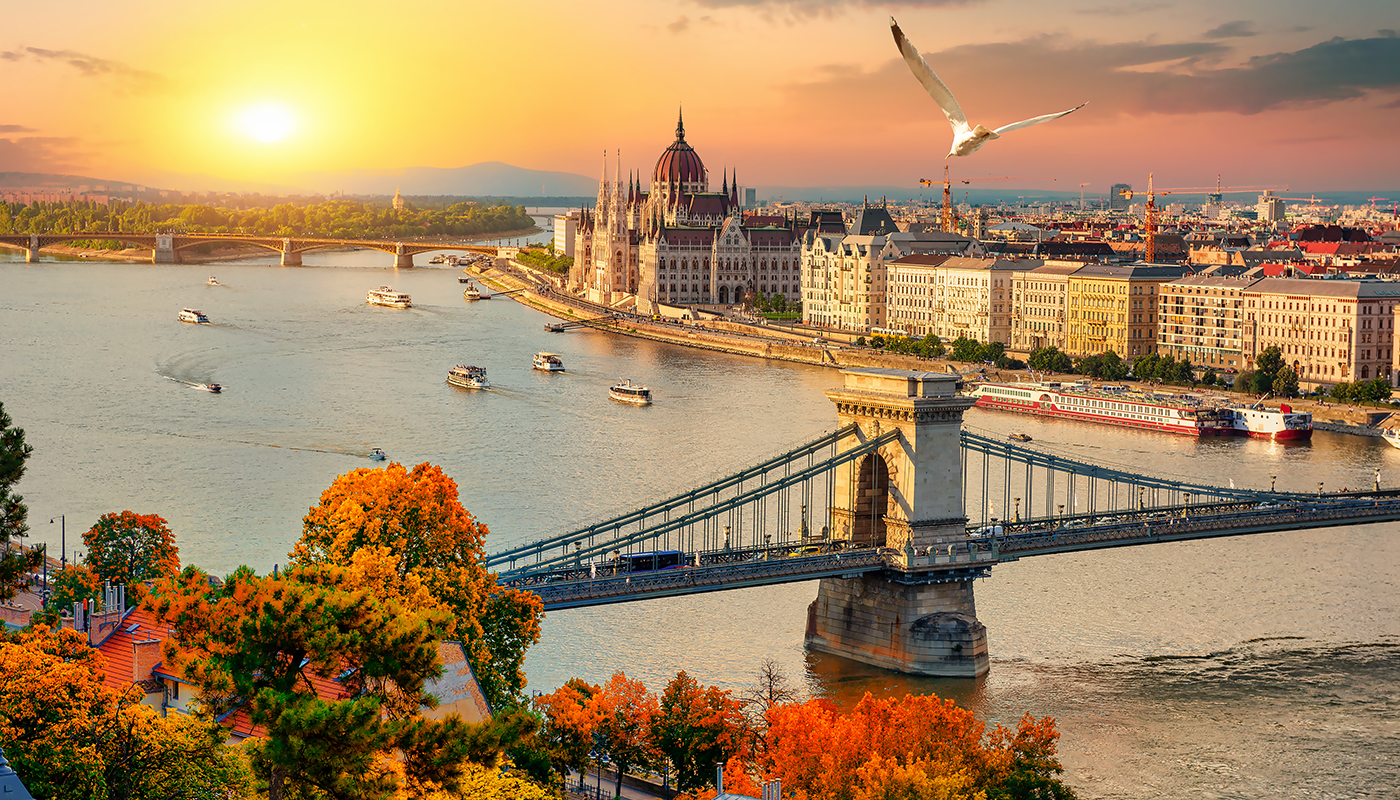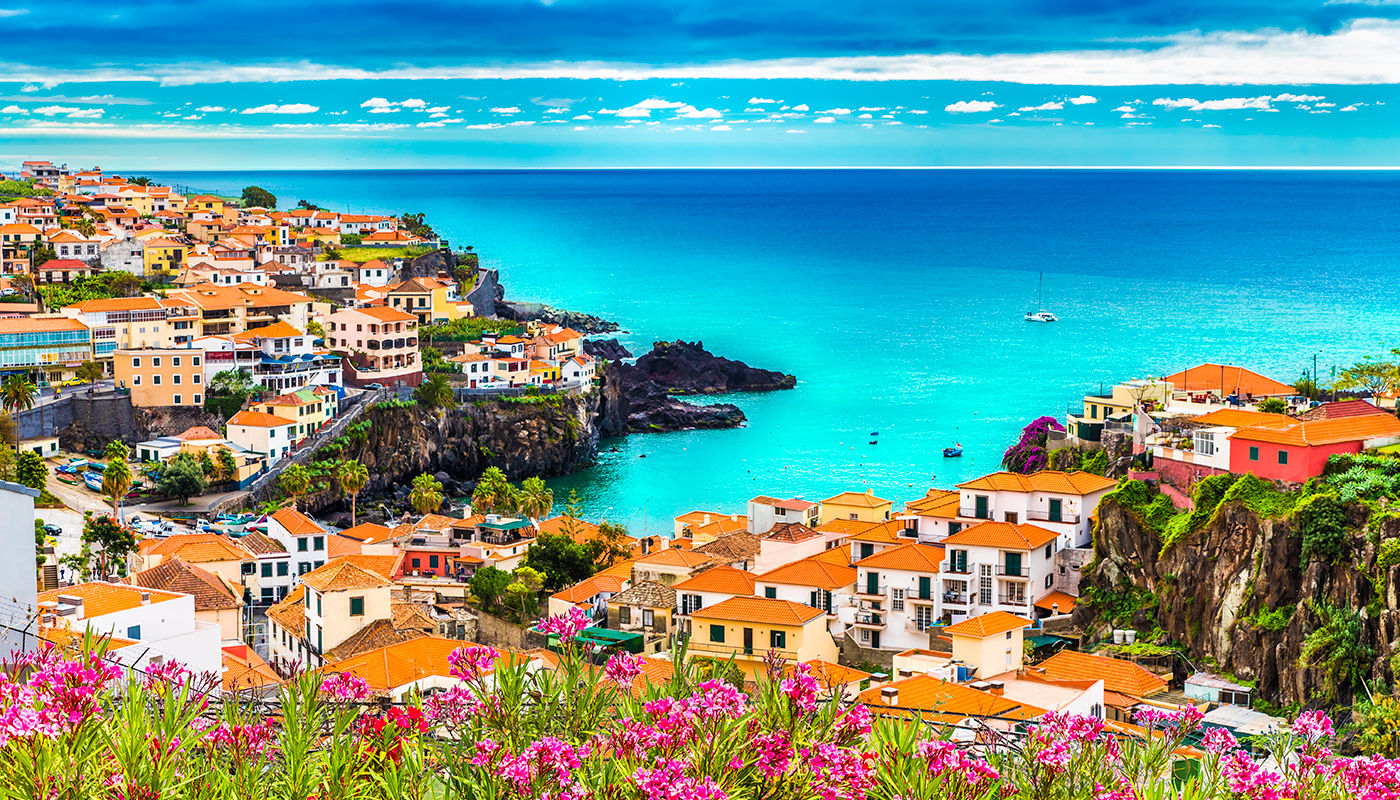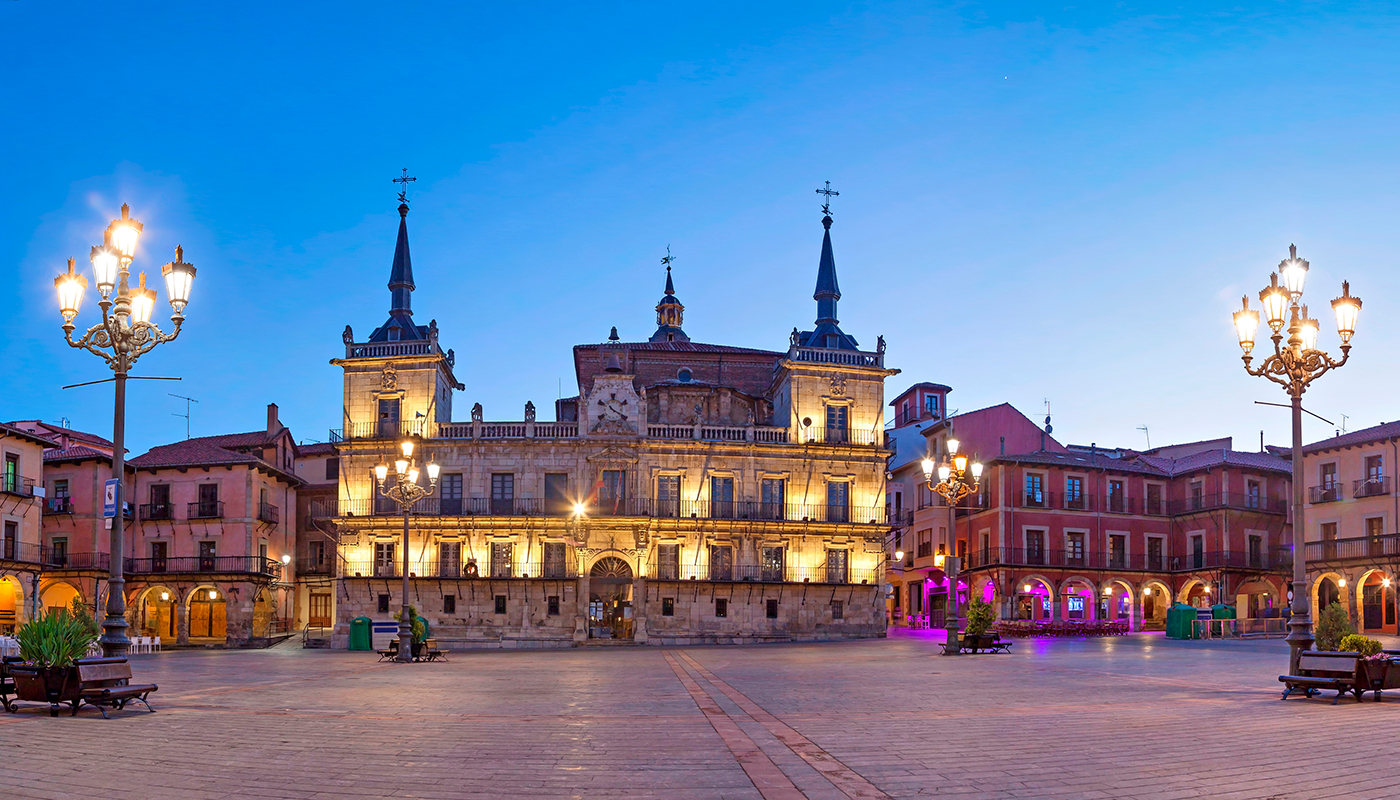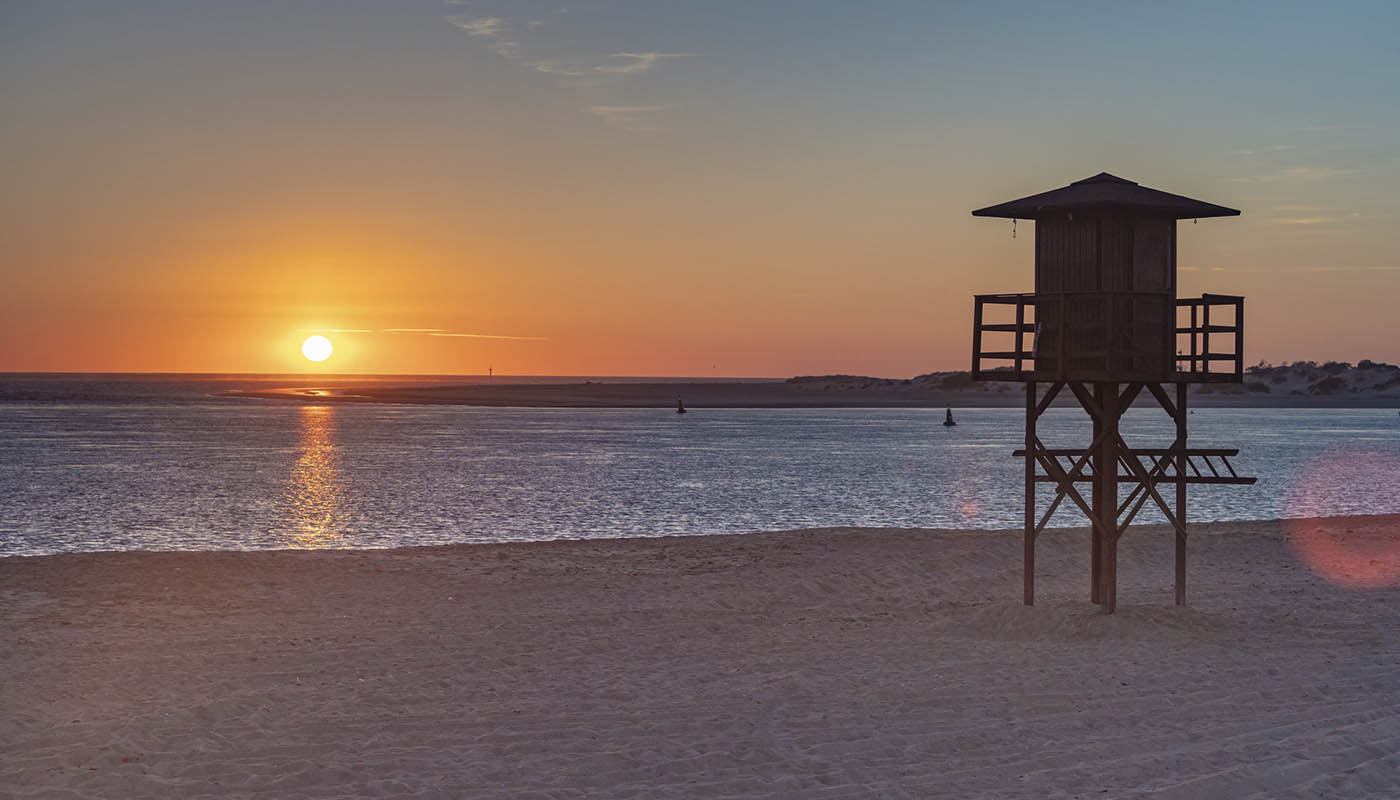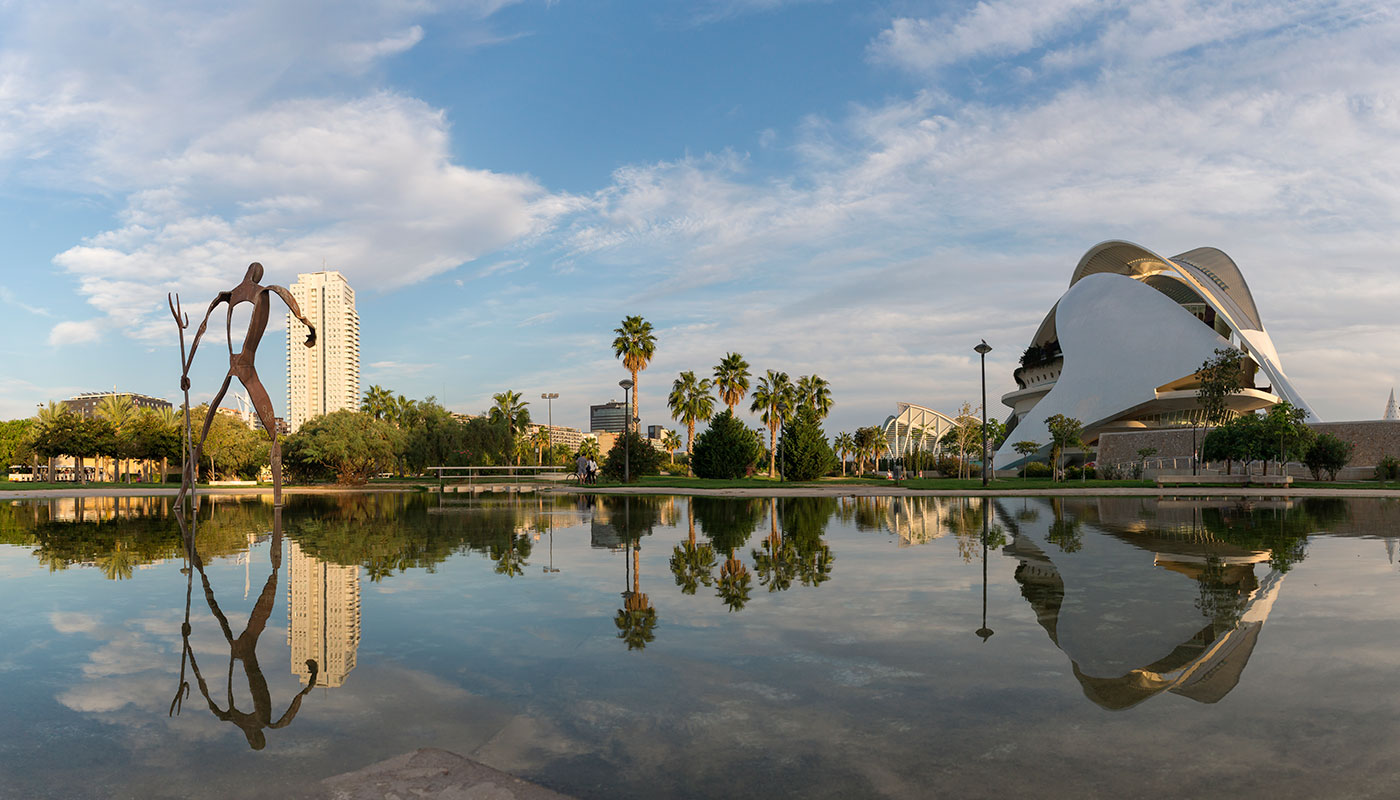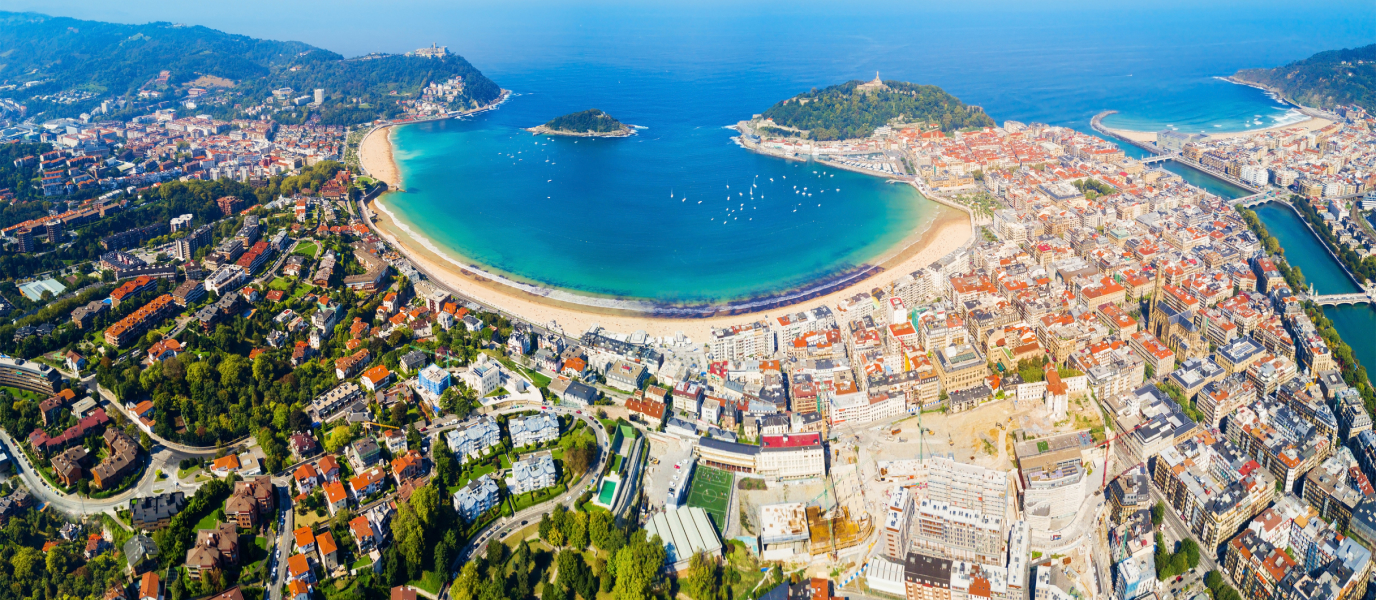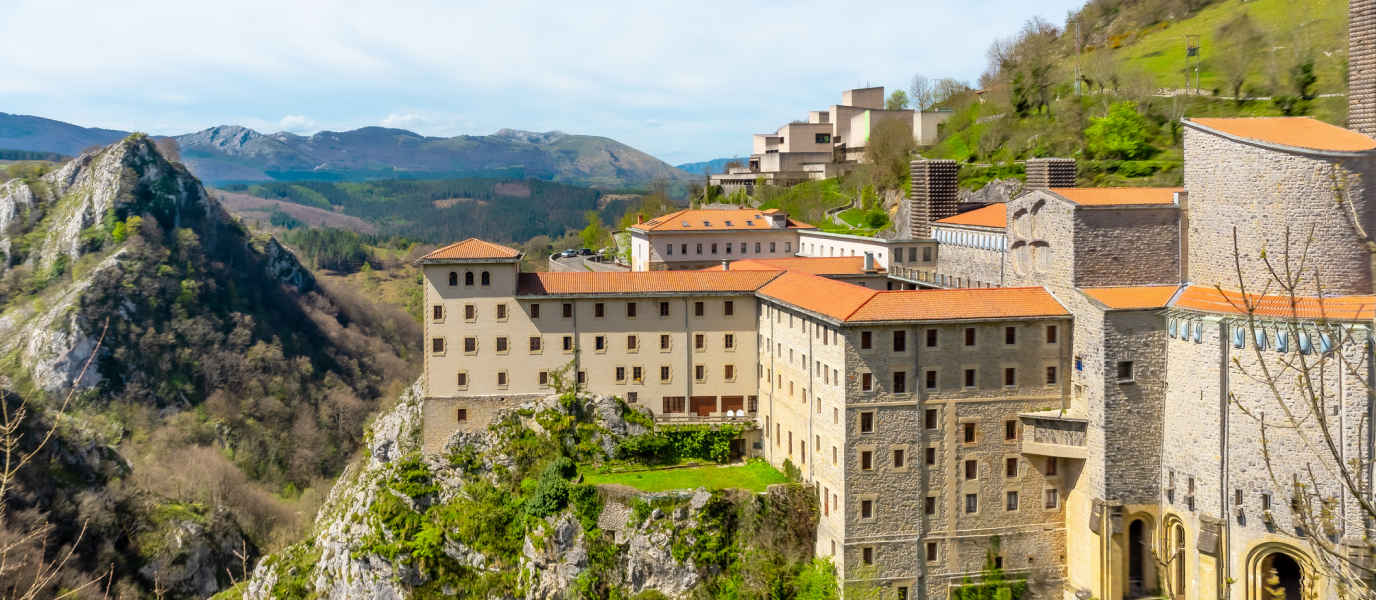The Plaza de Gipuzkoa occupies a central location in San Sebastián, and at more than 5,000 m2 is one of the city’s most symbolic spaces. It’s also a place where the locals hang out, perhaps stopping for a rest during their daily comings and goings, feeding the swans, ducks and pigeons around the pond or simply enjoying the gardens. This green space exudes charm and romanticism and is reminiscent of a small English forest, despite being right in the heart of the city.
The plaza is lined with Neoclassical ashlar porticoes and has an irregular rectangular plan. The style is similar to other central plazas across the Basque Country and was inspired by the Plaza de la Constitución in San Sebastián itself. Designed by José Eleuterio Escoriaza between 1867 and 1882, it was originally intended that the four access gates to the plaza be closed off – an idea that was eventually rejected.
The Plaza de Gipuzkoa is at the meeting points between Calle Andia and Calle Bengoetxea and is very close to the Parte Vieja neighbourhood, the promenade, the Town Hall and the Boulevard.
The gardens of the Plaza de Gipuzkoa

The gardens in the plaza were designed by the prestigious French gardener Pierre Ducasse, the man behind the spectacular green spaces around the Palacio de Aiete. The Plaza de Gipuzkoa was the first public park in San Sebastián. Architect Antonio Cortázar made provisions for such a space while work was already under way to expand the city’s peripheral housing.
You’ll find several species of trees, flowers and plants in the plaza. A wood and iron bridge crosses a pond, one end of which has a small waterfall surrounded by a tiny flower garden. Some of the trees in the garden were originally from two of San Sebastián’s other parks (donations from the owners): Cristina-Enea and Aiete. Among the tree species are yew (it features on the coat of arms of Gipuzkoa), weeping willow, silver lime, elm, ash, a Himalayan cedar, palm trees, banana, hazelnut, plum, magnolia and others. On November 26th 1907, during a full meeting of the Town Hall, it was decided to remove the railings surrounding the gardens and which closed them off at night. The railings were put to new use in the municipal plant nurseries at Ulía.
Local Government of Gipuzkoa
The Local Government building stands proudly on the Plaza de Gipuzkoa but there are other interesting features to watch out for too: a large sculpture of the composer and pianist José María Usandizaga (1887-1915); a complex weather pavilion; a white marble sun dial; and a large clock comprising flowers of many different colours. The sun dial illustrating the time in other parts of the world, along with the pavilion and its celestial vault, were gifted to the city in 1879 by the geographer José de Otamendi.
The Local Government building was inaugurated in 1883 though had to be rebuilt in 1887 after being destroyed in a fire. It was designed in the Neoclassical style by the architect José de Goikoa of Palacio del Miramar fame. Look to the upper part of the facade to see the busts of five illustrious sailors and explorers who hailed from Gipuzkoa: Urdaneta, Elcano, Okendo, Lezo and Legazpi.
Staircases and stained glass
The building interior is nothing short of stately. Towering over the first landing of the spectacular marble and bronze staircase is a stained-glass window depicting Alfonso VIII swearing his allegiance to the local charters of Gipuzkoa, after the region was united with Castile in 1200. The building also houses a large collection of art, particularly works by contemporary Basque painters.
All manner of events are held in the Plaza de Gipuzkoa throughout the year. The city’s book fairs take place here, and at Christmas time the plaza forms the backdrop to a huge nativity scene.
The nativity in the Plaza de Gipuzkoa
The nativity scene erected each year in the plaza is one of San Sebastián’s most popular attractions around Christmas time. It comprises 150 figures, each around a metre tall, depicting the different scenes from the birth of Jesus. You’ll see the Three Wise Men, the Angel and a whole host of other nativity characters. Watch out for Olentzero, the Basque version of Father Christmas. While not related to the nativity scene, he’s likely come to give presents to the children!
Local families from San Sebastián and Gipuzkoa typically visit this nativity scene together every year.
The Shepherds, the Virgin Mary, Herod…
Six decades ago, the artists Rafael Munoa and José Luis Usabiaga were commissioned by the local tourism organisation to create a monumental nativity scene. From just 12 figures, the original scene has since grown to include the flight to Egypt, the Annunciation to the shepherds and to the Virgin Mary, Herod’s Palace, the search for the inn and others.
Since 1990 the Asociación Belenista de Gipuzkoa has been in charge of installing and looking after this precious nativity scene, with funding and voluntary support from businesses and individuals.
Take a walk through the Plaza de Gipuzkoa and let yourself be charmed. If you’re in San Sebastián during Christmas time, you’ll be treated to a beautiful nativity scene too.








